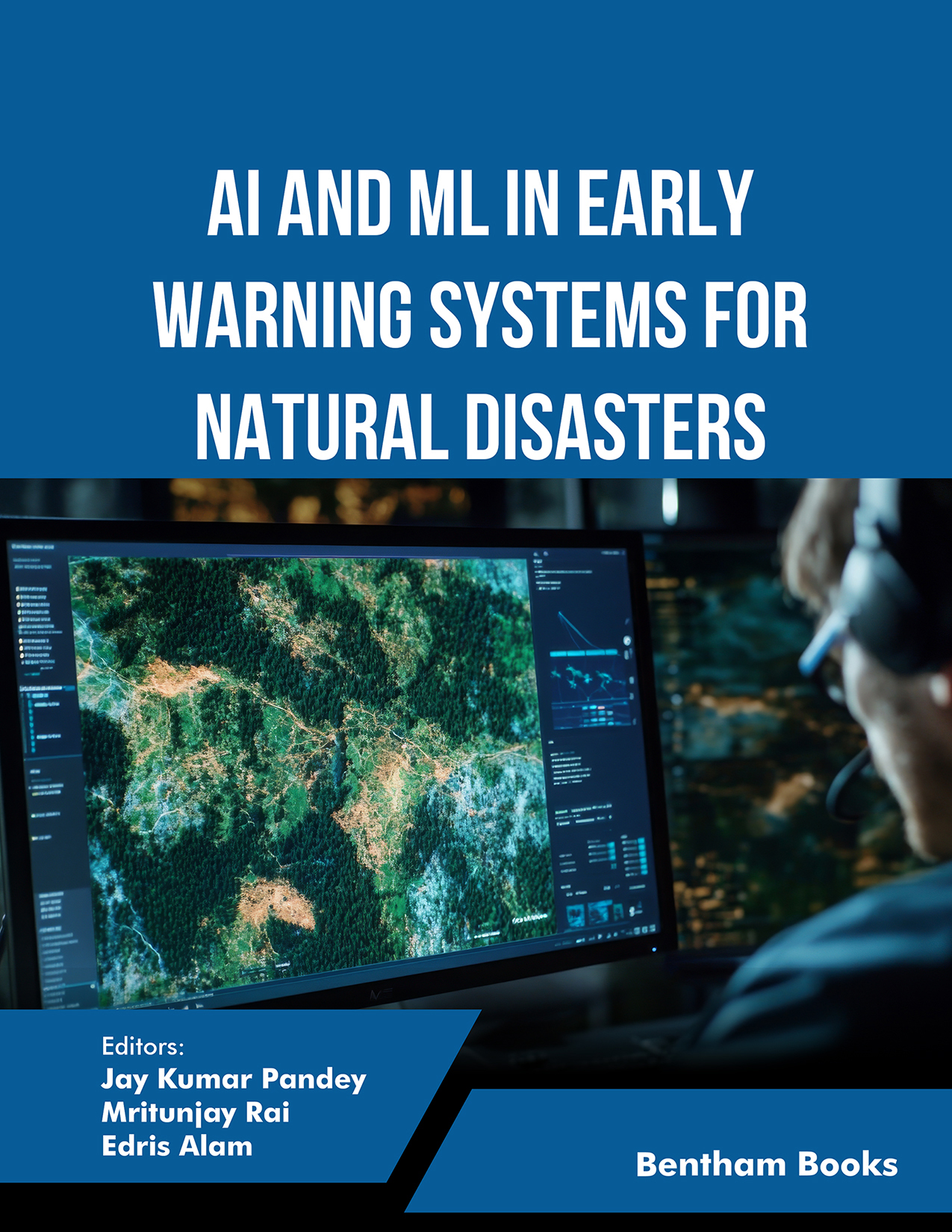Introduction
AI and ML in Early Warning Systems for Natural Disasters bridges the gap between advanced computational models and real-world disaster management practices by highlighting how data-driven intelligence can enhance resilience planning and reduce risks in the face of climate change and extreme environmental events.
Beginning with an overview of traditional early warning systems and the limitations they face in accuracy and timeliness The book sheds light on to AI- and ML-driven approaches, detailing predictive analytics, anomaly detection, sensor networks, geospatial data integration, and IoT-enabled monitoring systems. Case studies on earthquake prediction, flood forecasting, cyclone tracking, and wildfire detection illustrate the practical applicability of AI-powered models across diverse contexts. Later chapters examine legal frameworks, ethical considerations, and community-based strategies that ensure responsible, sustainable, and inclusive deployment of these technologies.
Key Features:
- - Presents AI and ML techniques for predictive analytics, anomaly detection, and risk modeling in disaster scenarios.
- - Demonstrates real-world applications through case studies on earthquakes, floods, cyclones, and wildfires.
- - Explores integration of satellite imagery, remote sensing, and IoT-based sensor networks for real-time monitoring.
- - Assesses legal, regulatory, and ethical frameworks shaping AI use in disaster preparedness.
- - Provides multidisciplinary insights, blending computer science, engineering, and disaster management for resilient community planning.
Readership:
An indispensable resource for researchers, academicians, and graduate students in computer science, data science, environmental engineering, and disaster management seeking to use AI and ML innovations for building disaster-resilient societies.

